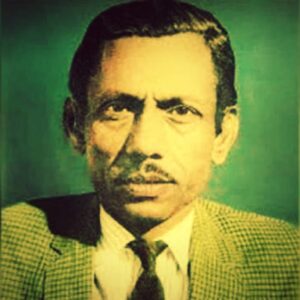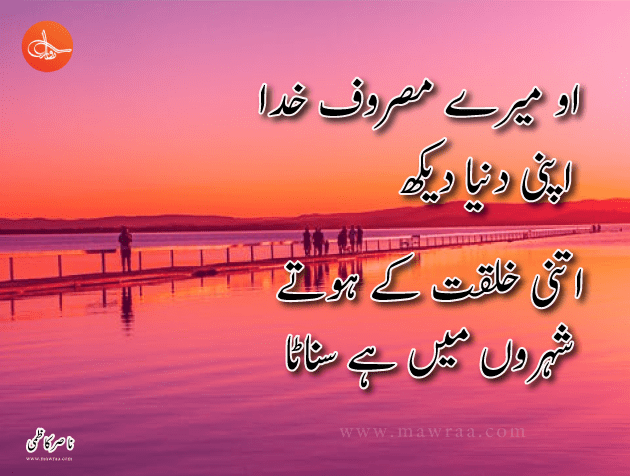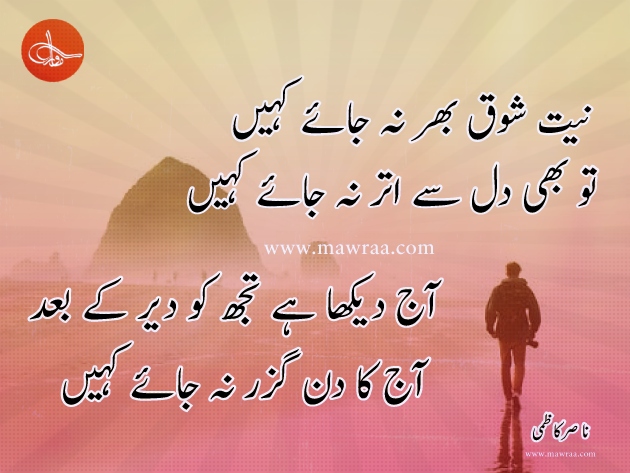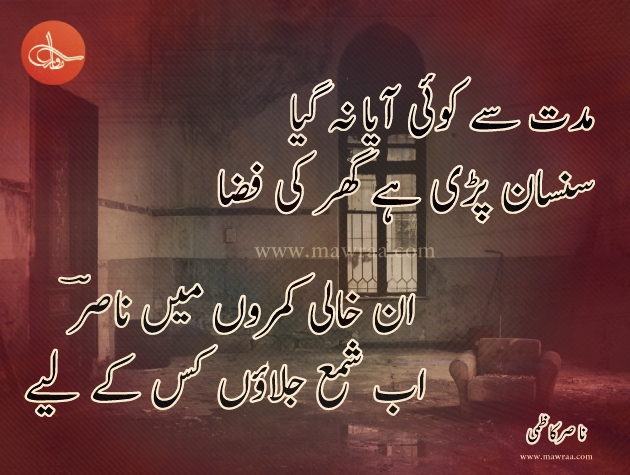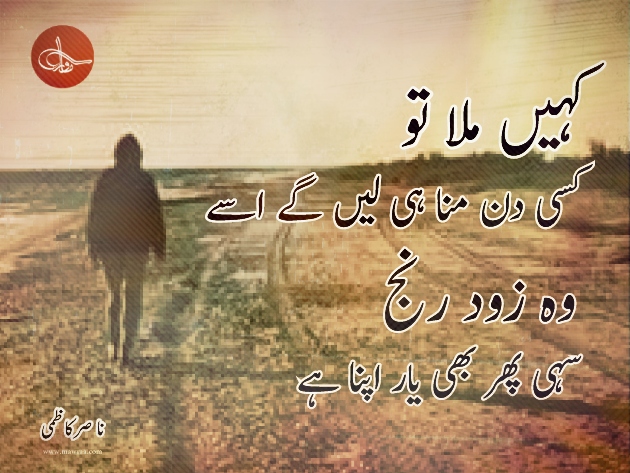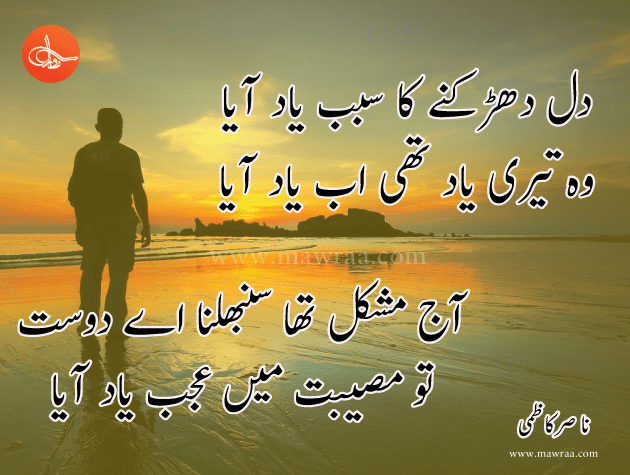Introduction
Nasir Raza Kazmi was an Urdu poet from Pakistan. Kazmi was born on 8 December 1925 in Ambala, Punjab, (British India). Nasir maintained a romantic tone in his poems while still keeping his words relevant to today’s problems. His poetry stands out from those of other current poets thanks to his ghazals and original metaphors. Mir Taqi Mir was the classical poet who most impacted him.
He also benefited from what Ghalib, Faraq, and other teachers had to say. However, he infused contemporary aesthetics and colors into his poetry out of respect for conventional ghazals. Because of this common sense of idea and manner, he rose to fame as a poet. Nasir was a genuine creator who expressed his thoughts through his writing.
Early Life and Education of Nasir Kazmi
After finishing elementary school in Ambala and Shimla, he transferred to Islamia College in Lahore to continue his studies. He went back to Ambala in 1945, but after a while, he relocated to Pakistan once more.
A Career in Literature
He began working for Lahore Radio as a playwright in 1939 when he was just 16 years old and continued to be a part of Radio Pakistan up to the very end. In 1940, he began speaking poetry. He began composing love poems in the manner of Akhtar Sherani at first, taking inspiration from him.
He then turned to ghazal, which eventually became his primary focus. He was a huge fan of Mir Taqi Mir, and both of these poets can be seen in Hafiz Hoshyarpuri and his ghazals. His poetry odyssey begins with a crisis in civilization and comes to a tragic conclusion with another cultural event.
He has also used fantastic graphics to underline the pain of this tremendous catastrophe. Just as there was bloodshed on the morning of independence, there was also bloodshed on the evening of East Pakistan’s fall. He belonged to the literary organizations Oraq-e-No, Humayun, and Khayal.
Later, as a staff editor, he joined Radio Pakistan Lahore and remained there until his passing.
Famous Works of Nasir Kazmi
In 1954, his debut collection, titled “Berg E Ne,” was released and quickly became well-known. The poetry collections “Pehli Barsh,” “Nishat-e-Khawab,” “Diwan,” and “Sur Ki Chhaya” are among his other works. Fans of Urdu literature have praised his collection of essays, “Khushk Chashmay Key Kinaray.”
Only ghazals are included in the two collections “Dewan” and “Pehli Barish,” which are used to assess his status. In this regard, he has depicted the landscapes of East Pakistan with all of its cultural allusions, including rivers, beaches, boats, farms, and songs of the fisherman, as well as illustrations of chilly nights where the imagery of the country of East Pakistan comes to the fore.
They reflect the intense instability that gave rise to the ongoing suffering of half-existence. He has used it in some full ghazals in this sense. The use of personification in his ghazal is a significant stylistic experiment.
Awards and Recognitions
Munir Niazi received several awards and recognition for his contributions to Urdu literature. Some of the notable ones include:
- Pride of Performance award by the President of Pakistan
- Lifetime Achievement Award from the Pakistan Academy of Letters
- Legends award from the Pakistan Film Producers Association
Social and Political Views
Nasir Kazmi was an Urdu poet and writer who lived in the mid-20th century in India and Pakistan. His views on social and political matters can be inferred from his poems, which often dealt with themes of love, patriotism, and social justice.
Later Life and Death
His death occurred on March 2, 1972. His speech became more well-known and adored among the populace than ever before because of his distinctive and heartfelt expressing style. His common poetry is listed as “Daim Abad Rahe Ge Dunya, Ham Na Hun Ge Koi Ham Sa Hoga” on his headstone.
Conclusion
Kazmi was a well-known Urdu poet, and many people still read and value his writings. He released a number of collections of poems, ghazals, and nazms due to his prolific writing. He was renowned for writing in a straightforward, expressive, and emotive language that perfectly encapsulated the feelings and emotions of people.


